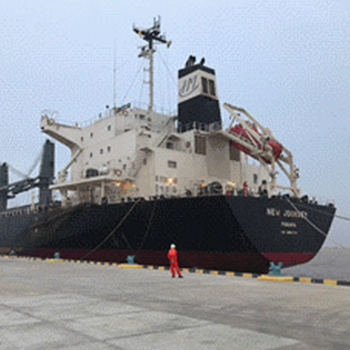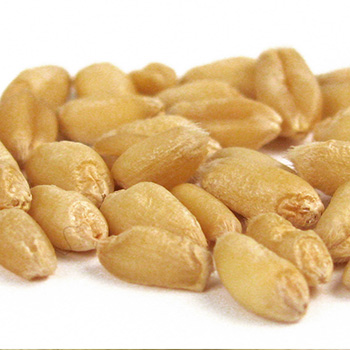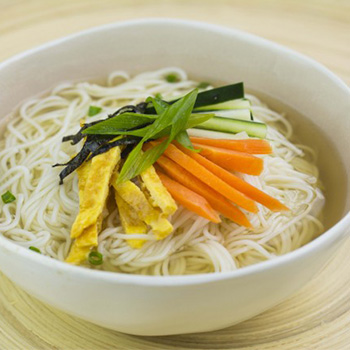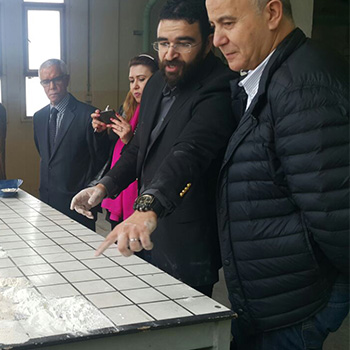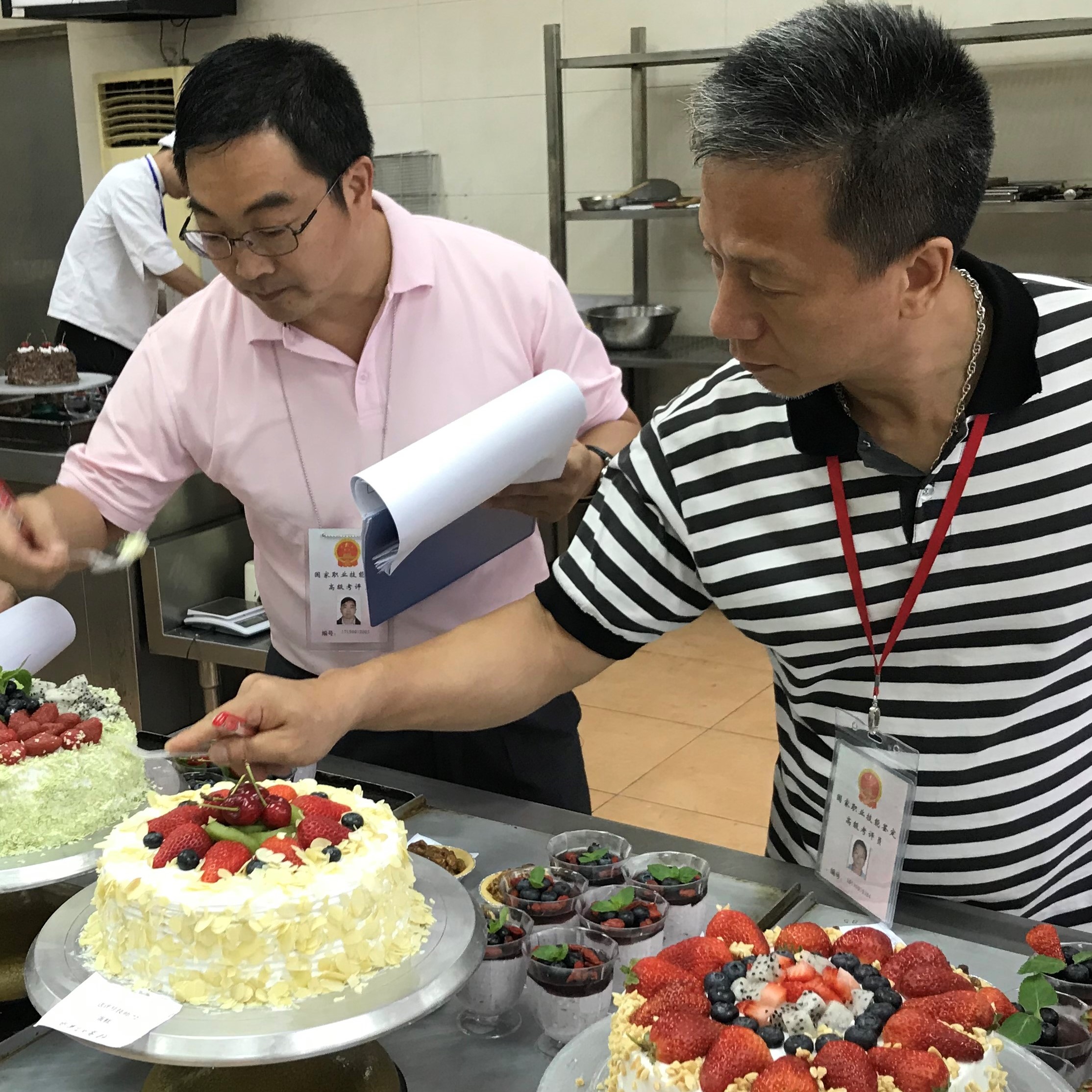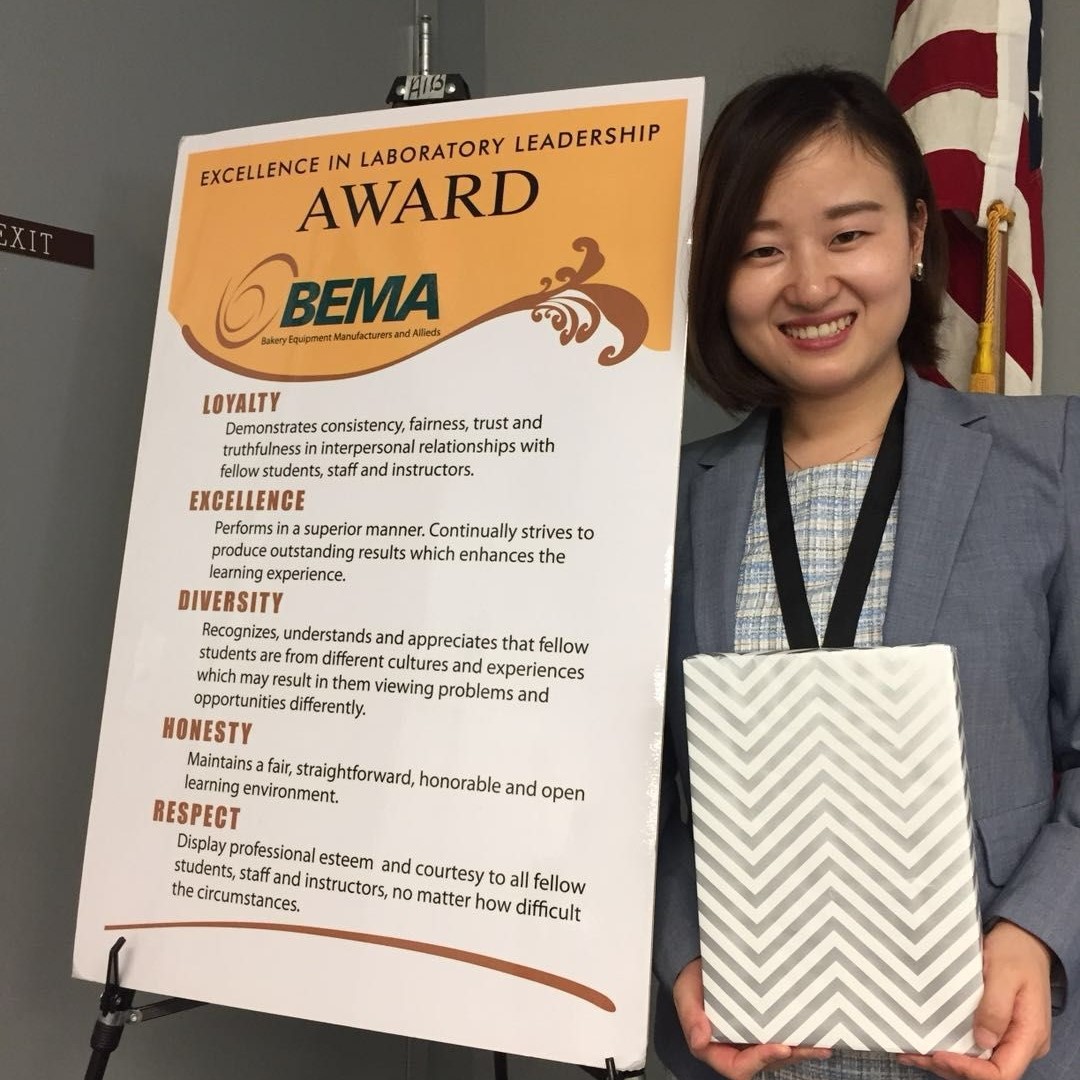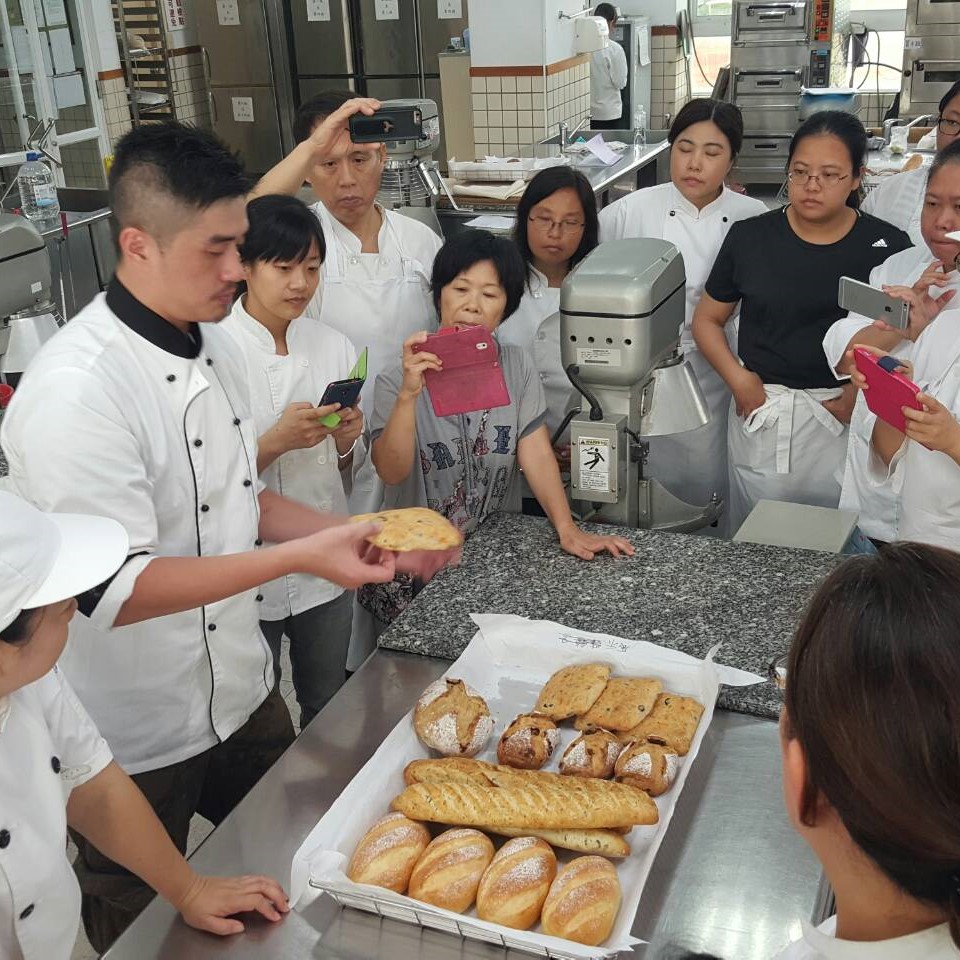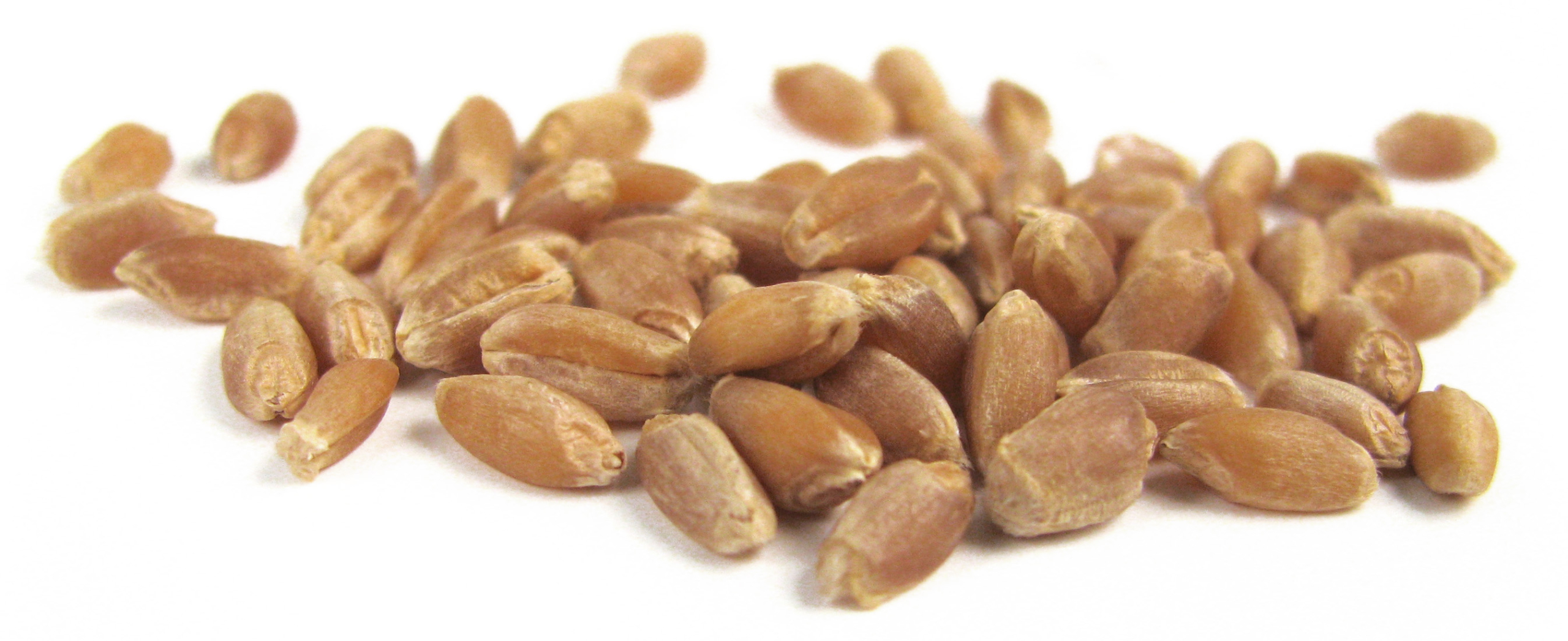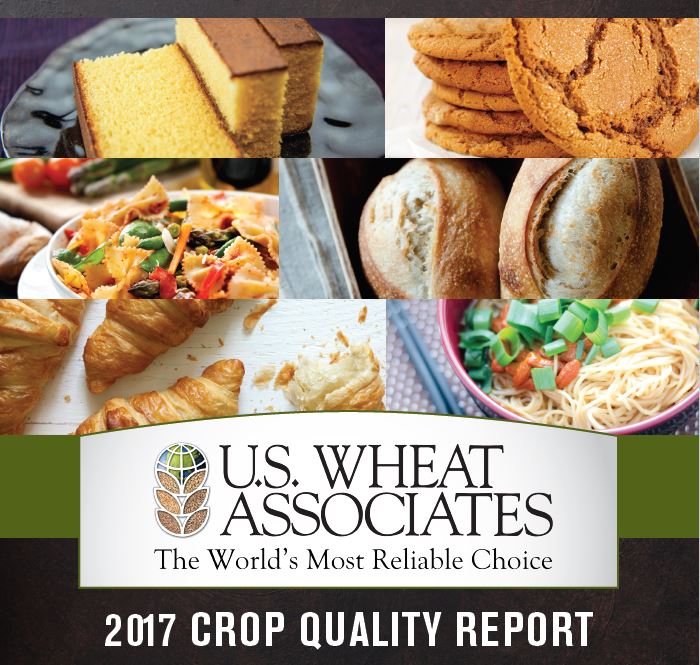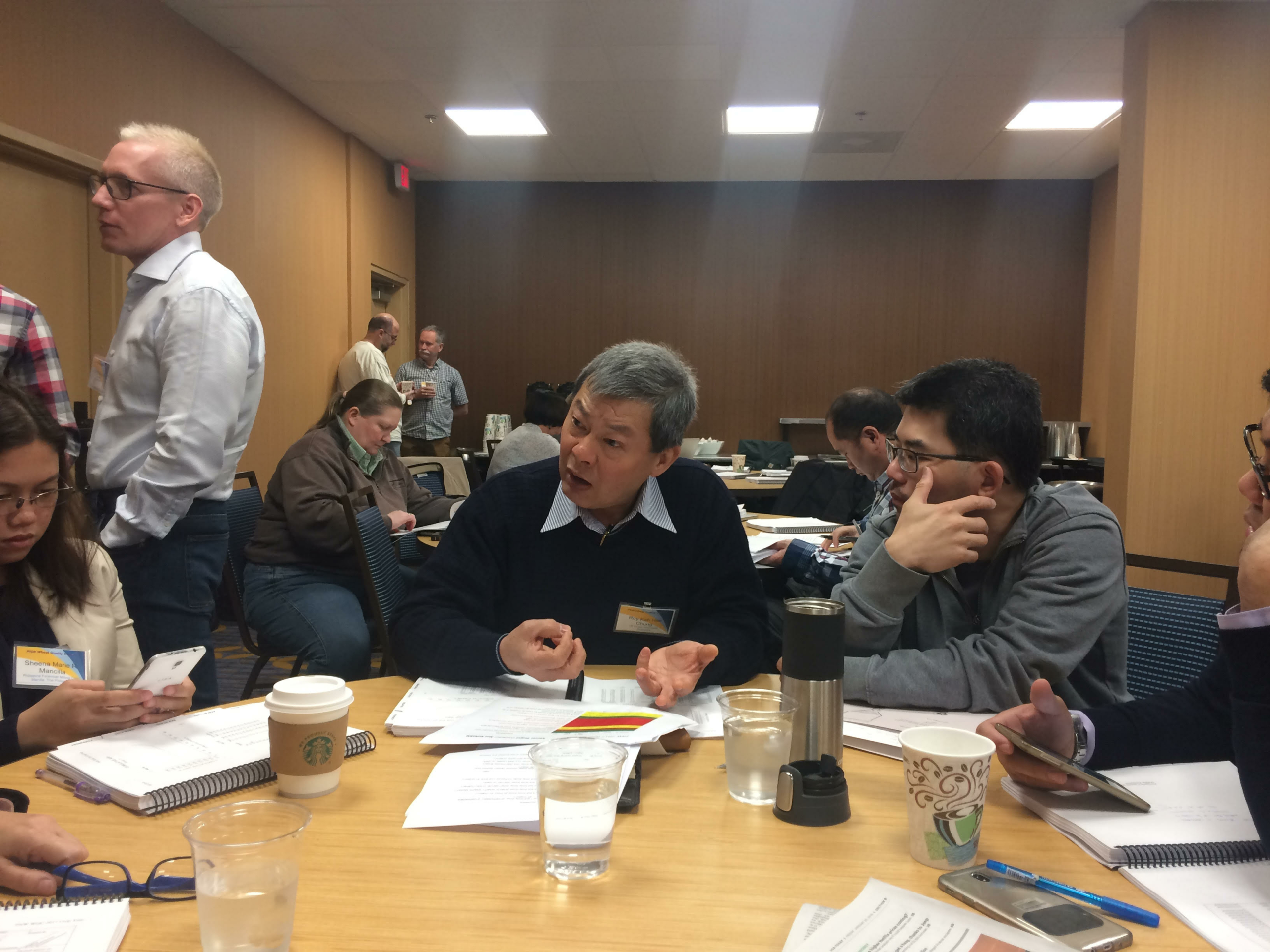Many years of work conducting trade service and technical support in South Asian countries like Burma (Myanmar) showed USDA Foreign Agricultural Service (FAS) cooperator U.S. Wheat Associates (USW) there was a growing opportunity to compete with nearby Australian wheat supplies. Knowing two deep-water ports were opening in Myanmar in 2019, USW intensified its activities. In mid-May 2019, FAS representatives were on hand to welcome the first vessel to dock at one of the ports loaded with 22,000 metric tons (MT) of high-quality U.S. hard red spring (HRS) wheat purchased by a local flour mill.
With funding from the Market Access Program (MAP) and Foreign Market Development (FMD) program, USW has provided technical and trade servicing to mills and bakeries in Myanmar for more than 20 years. With the ability only to take container loads, U.S. wheat had to compete with less expensive supplied shipped mainly from Australia. Still, its political situation was changing and consumer purchasing power was growing.
To lay the groundwork for U.S. wheat bulk shipments to customers in Myanmar, USW hosted a workshop on FGIS inspection and certification in marketing year 2017/18 for milling companies and government officials. USW separately brought in a private trading company and the FAS staff in Rangoon to brief the Myanmar Plant Protection Department (PPD) about the bulk U.S. wheat export supply system. The briefing provided information that helped increase the confidence in purchasing and handling U.S. bulk wheat shipments.
Technical training continued with seven individuals from Myanmar baking companies who participated at their companies’ expense in three USW-sponsored baking courses at the UFM Baking School in Bangkok, Thailand between May and July 2018. In a survey about their participation, these customers said they planned to demand flour produced from U.S. HRS wheat in their processing plants. And in December 2018, USW Bakery Consultant Roy Chung made a technical service call on a milling and wheat food processor in Myanmar to provide additional information on the potential value in milling U.S. HRS for bread flour and blending for other products.
From many years of trade service and a recent annual investment of about $100,000 in MAP and FMD funds, U.S. wheat exports to Myanmar grew from 26,300 MT in 2017/18 to about 65,000 MT in 2018/19 (including 48,700 MT of HRS) and returned about $14.6 million to farmers from Minnesota to Washington state and members of the U.S. wheat supply chain. With Australia suffering its third year of drought and low wheat production, and on-going trade and technical support from USW, the outlook remains strong for U.S. wheat demand in Myanmar.

